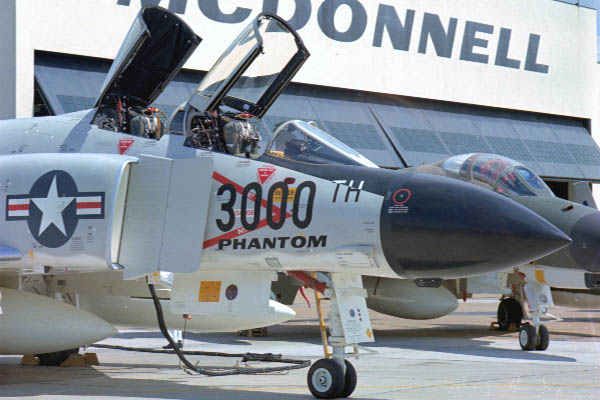
5 September 1968: The McDonnell Douglas Corporation delivers the 3,000th F-4 Phantom II, an F-4J, to the U.S. Navy.
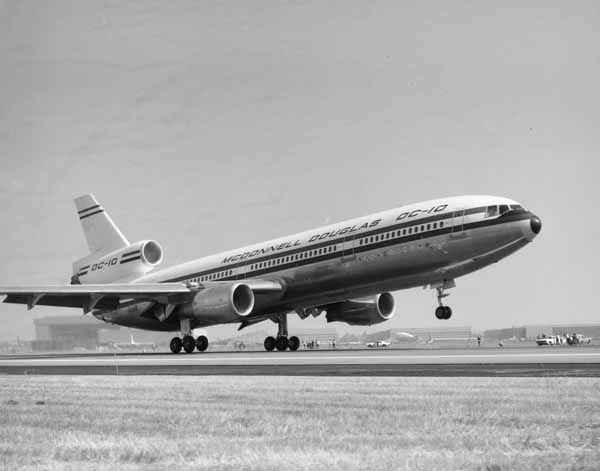
 29 August 1970: The McDonnell Douglas prototype widebody airliner, DC-10-10, N10DC, made its first flight from Long Beach Airport to Edwards Air Force Base, California, where it underwent flight testing and F.A.A. certification. The aircraft commander was the company Project Pilot, Clifford L. Stout, with Deputy Chief Engineering Pilot Harris C. Van Valkenburg as co-pilot. John D. Chamberlain was the flight engineer and the flight test engineer was Shojun Yukawa.
29 August 1970: The McDonnell Douglas prototype widebody airliner, DC-10-10, N10DC, made its first flight from Long Beach Airport to Edwards Air Force Base, California, where it underwent flight testing and F.A.A. certification. The aircraft commander was the company Project Pilot, Clifford L. Stout, with Deputy Chief Engineering Pilot Harris C. Van Valkenburg as co-pilot. John D. Chamberlain was the flight engineer and the flight test engineer was Shojun Yukawa.
During the first flight the DC-10 reached 300 knots (345.2 miles per hour, 555.6 kilometers per hour) and 30,000 feet (9,144 meters). The primary purpose of this flight was to check the airliner’s basic flight characteristics, aircraft systems and the installed test equipment. The flight lasted 3 hours, 36 minutes.
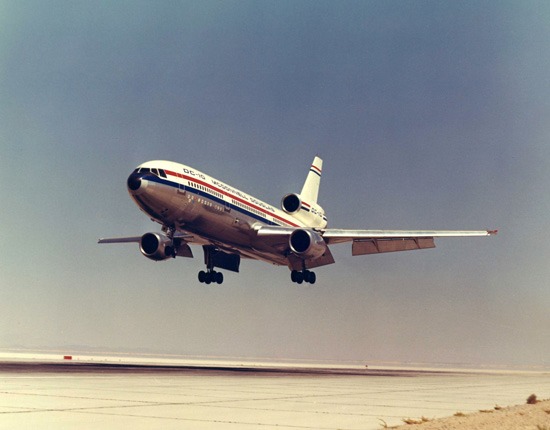
During the test program, N10DC made 989 test flights, accumulating 1,551 flight hours. It was put into commercial service with American Airlines 12 August 1972, re-registered as N101AA.
The DC-10 was a wide-body commercial airliner designed for medium to long range flights. It was flown by a crew of three and depending on the cabin arrangement, carried between 202 and 390 passengers. The DC-10-10 was 170 feet, 6 inches (51.968 meters) long with a wingspan of 155 feet, 4 inches (47.346 meters) and overall height of 58 feet, 1 inch (17.704 meters). The airliner had an empty weight of 240,171 pounds (108,940 kilograms) and maximum takeoff weight of 430,000 pounds (195,045 kilograms). It was powered by three General Electric CF6-6D turbofan engines, producing 40,000 pounds of thrust (177.93 kilonewtons), each. These gave the DC-10 a maximum cruise speed of Mach 0.88 (610 miles per hour, 982 kilometers per hour). Its range is 3,800 miles (6,116 kilometers) and the service ceiling is 42,000 feet (12,802 meters).
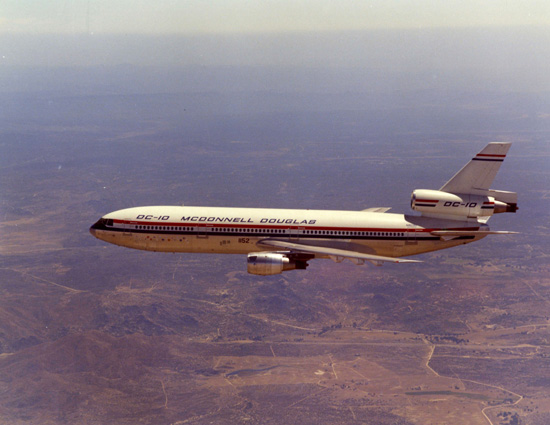
In production from 1970 to 1988, a total of 386 DC-10s were built in passenger and freighter versions. 122 were the DC-10-10 variant. Another 60 KC-10A Extender air refueling tankers were built for the U.S. Air Force and 2 KDC-10 tankers for the Royal Netherlands Air Force.
The first McDonnell Douglas DC-10 was in service with American Airlines from 12 August 1972 to 15 November 1994 when it was placed in storage at Tulsa, Oklahoma. The 24-year-old airliner had accumulated 63,325 flight hours.
After three years in storage, the first DC-10 returned to service flying for Federal Express. In 1998 it was modernized as an MD-10 and re-registered again, this time as N530FE. It was finally retired from service and scrapped at Goodyear, Arizona in 2002.
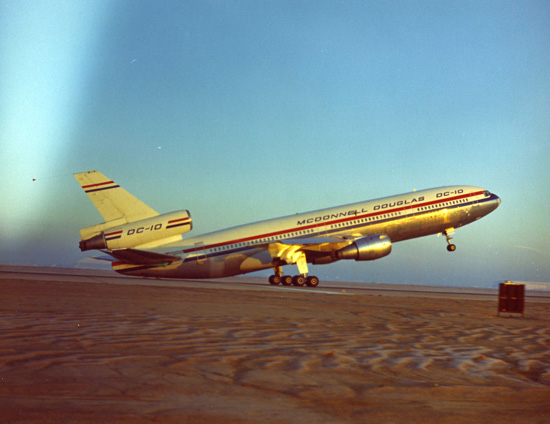
© 2019, Bryan R. Swopes
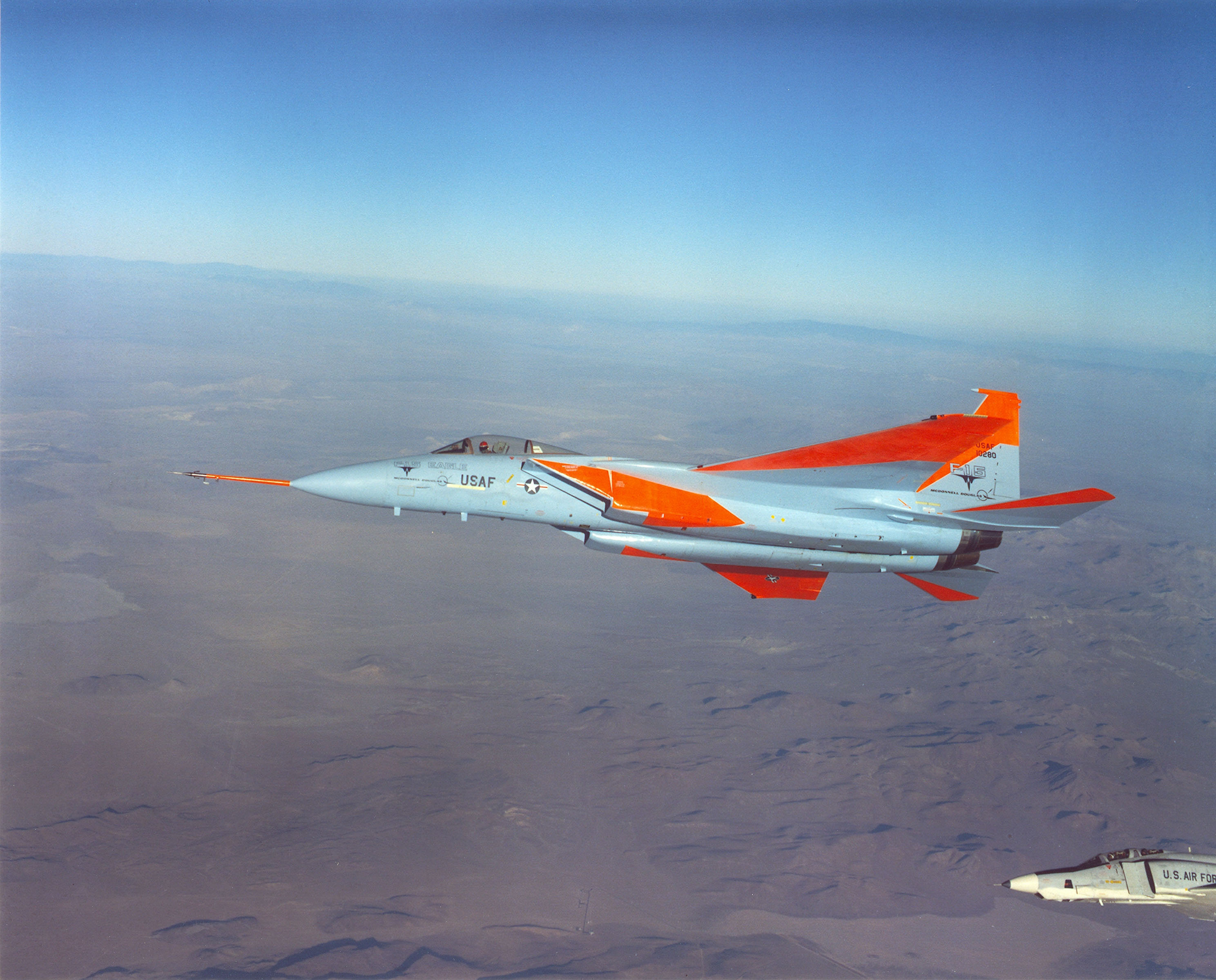
3 August 1972: During a 45-minute test flight at Edwards Air Force Base, the McDonnell Douglas YF-15A-1-MC Eagle prototype, 71-0280, went supersonic for the first time, reaching Mach 1.5.
An air-superiority fighter, the F-15 entered service with the United States Air Force in 1975. More than 1,500 fighter, two-seat trainer, and two-seat F-15E Strike Eagle fighter-bombers have been built by McDonnell Douglas and Mitsubishi. It is operated by allied air forces around the world and is expected to remain in front line service until 2025.
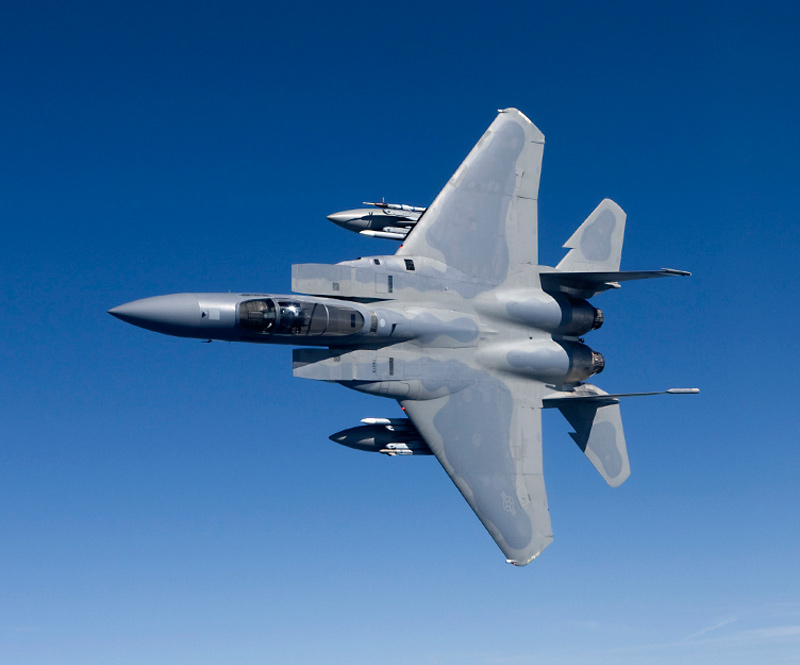
© 2015, Bryan R. Swopes
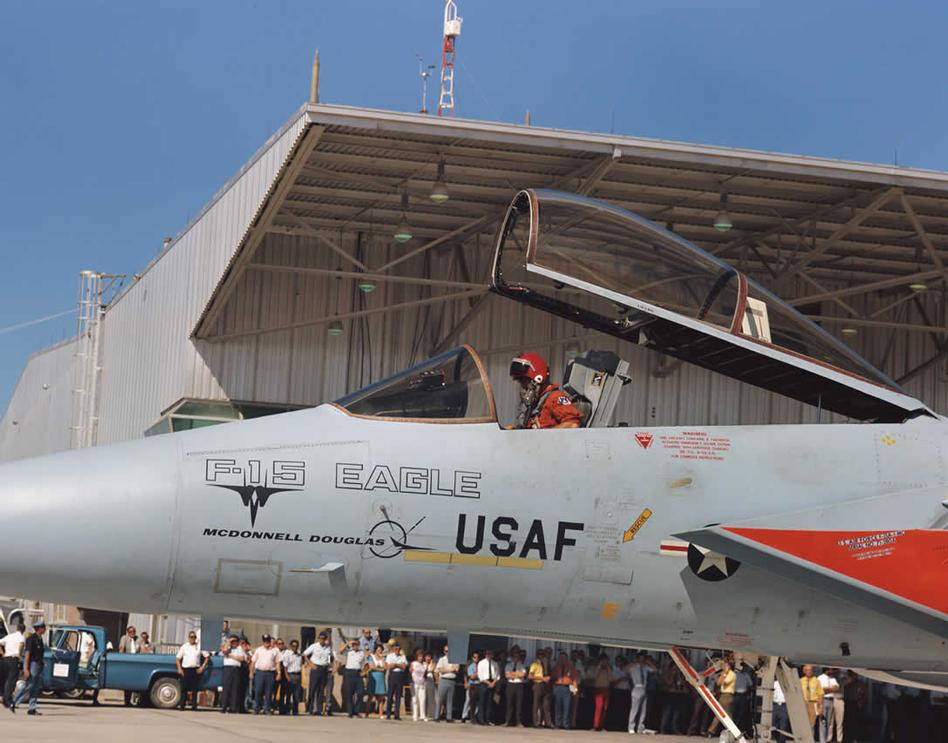
27 July 1972: McDonnell Douglas Chief Experimental Test Pilot Irving L. Burrows made the first flight of the prototype YF-15A-1-MC Eagle, 71-0280, at Edwards Air Force Base, California.
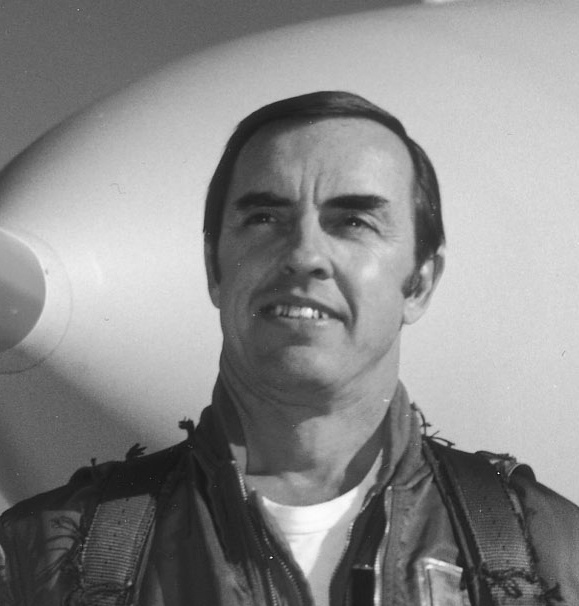
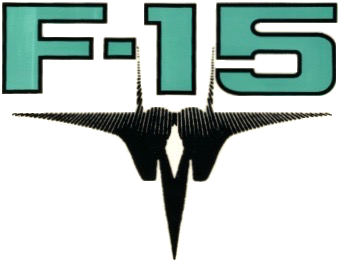 The F-15A Eagle is a single-seat, twin-engine air superiority fighter, built by the McDonnell Douglas Corporation at St. Louis, Missouri. The fighter has outstanding acceleration and maneuverability. It is 63 feet, 9 inches (19.431 meters) long, with a wingspan of 42 feet, 9.75 inches (13.049 meters) and overall height of 18 feet, 7.5 inches (5.677 meters).
The F-15A Eagle is a single-seat, twin-engine air superiority fighter, built by the McDonnell Douglas Corporation at St. Louis, Missouri. The fighter has outstanding acceleration and maneuverability. It is 63 feet, 9 inches (19.431 meters) long, with a wingspan of 42 feet, 9.75 inches (13.049 meters) and overall height of 18 feet, 7.5 inches (5.677 meters).
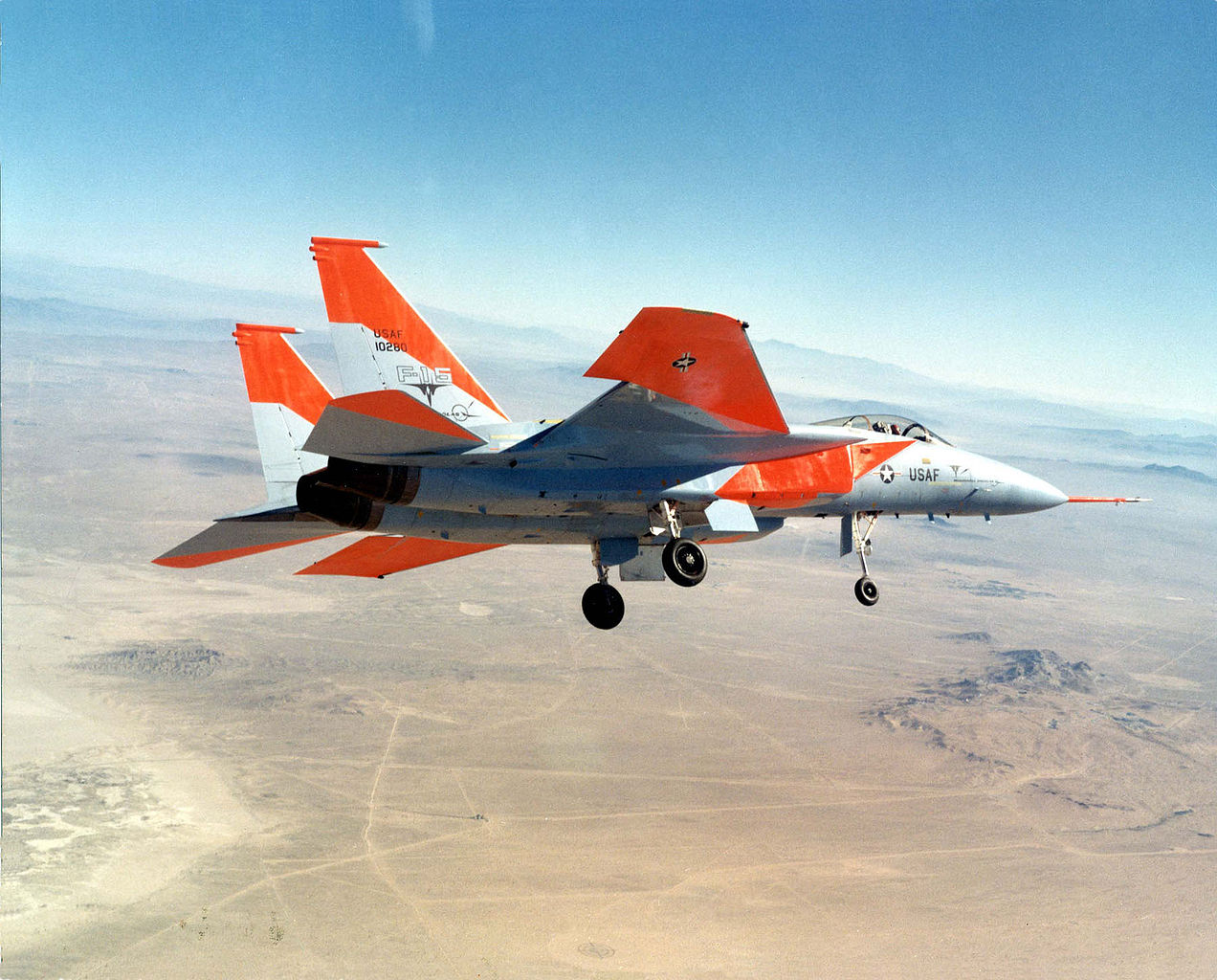
The wings’ leading edges are swept to 45°. The angle of incidence is 0°. The wings have 1° anhedral. The total wing area is 608 square feet (56.5 square meters).
The F-15A has an empty weight of 25,780 pounds (11,694 kilograms), and maximum takeoff weight of 44,497 pounds (20,184 kilograms).

The fighter was powered by two Pratt & Whitney JTF22A-25A (F100-PW-100) turbofan engines. The F100 is a two-spool, axial-flow afterburning turbine engine with a 3-stage fan section; 10-stage compressor; single chamber combustion section; and 4-stage turbine (2 low- and 2 high-pressure stages). The F100-PW-100 has a maximum continuous power rating of 12,410 pounds of thrust (55.20 kilonewtons) and intermediate rating of 14,690 pounds (65.34 kilonewtons), (30 minute limit). Its maximum power rating is 23,840 pounds (106.05 kilonewtons) with afterburner (5 minute limit). The F100-PW-100 is 16 feet, 4.3 inches (4.986 meters) long, 3 feet, 10.5 inches (1.181 meters) in diameter, and weighs 3,179 pounds (1,442 kilograms).
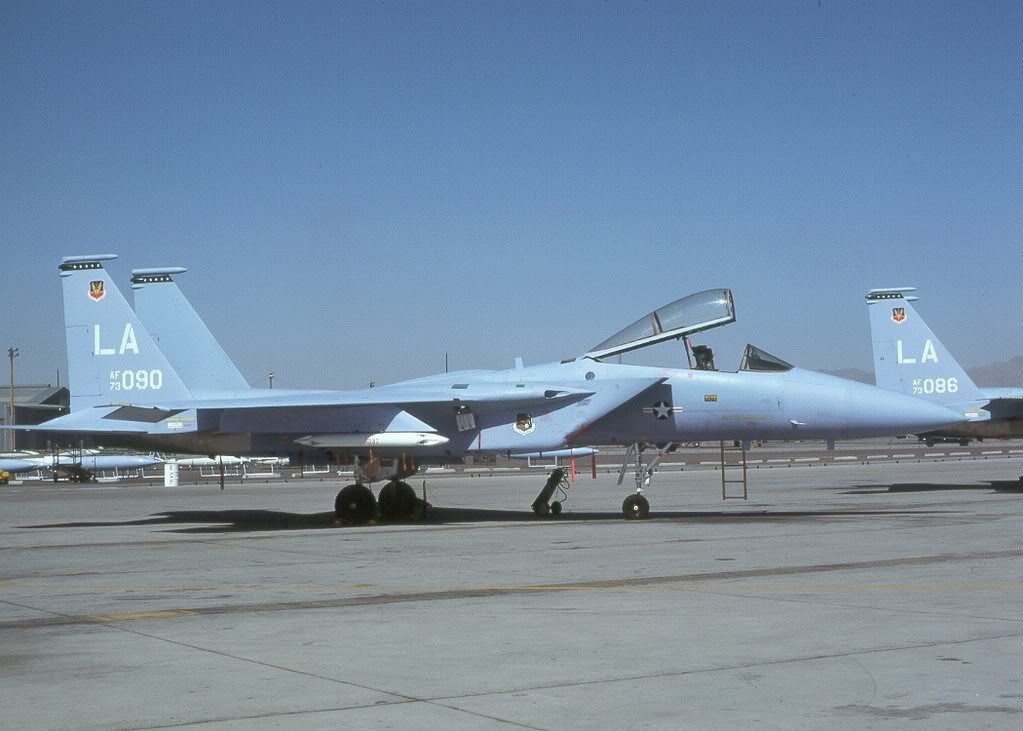
The Eagle is a Mach 2.5+ fighter. The cruise speed of the F-15A Eagle is 502 knots (578 miles per hour/930 kilometers per hour). It has a maximum speed of 1,434 knots (1,650 miles per hour/2,656 kilometers per hour) at 45,000 feet (13,716 meters)—Mach 2.503. The service ceiling is 63,050 feet (19,218 meters). It can climb 67,250 feet per minute (342 meters per second), and with a thrust-to-weight ratio of 1.15:1, the fighter could climb straight up.
The The F-15A’s combat radius is 638 nautical miles (734 statute miles/1,182 kilometers). Its maximum ferry range is 2,362 nautical miles (2,718 statute miles/4,374 kilometers).
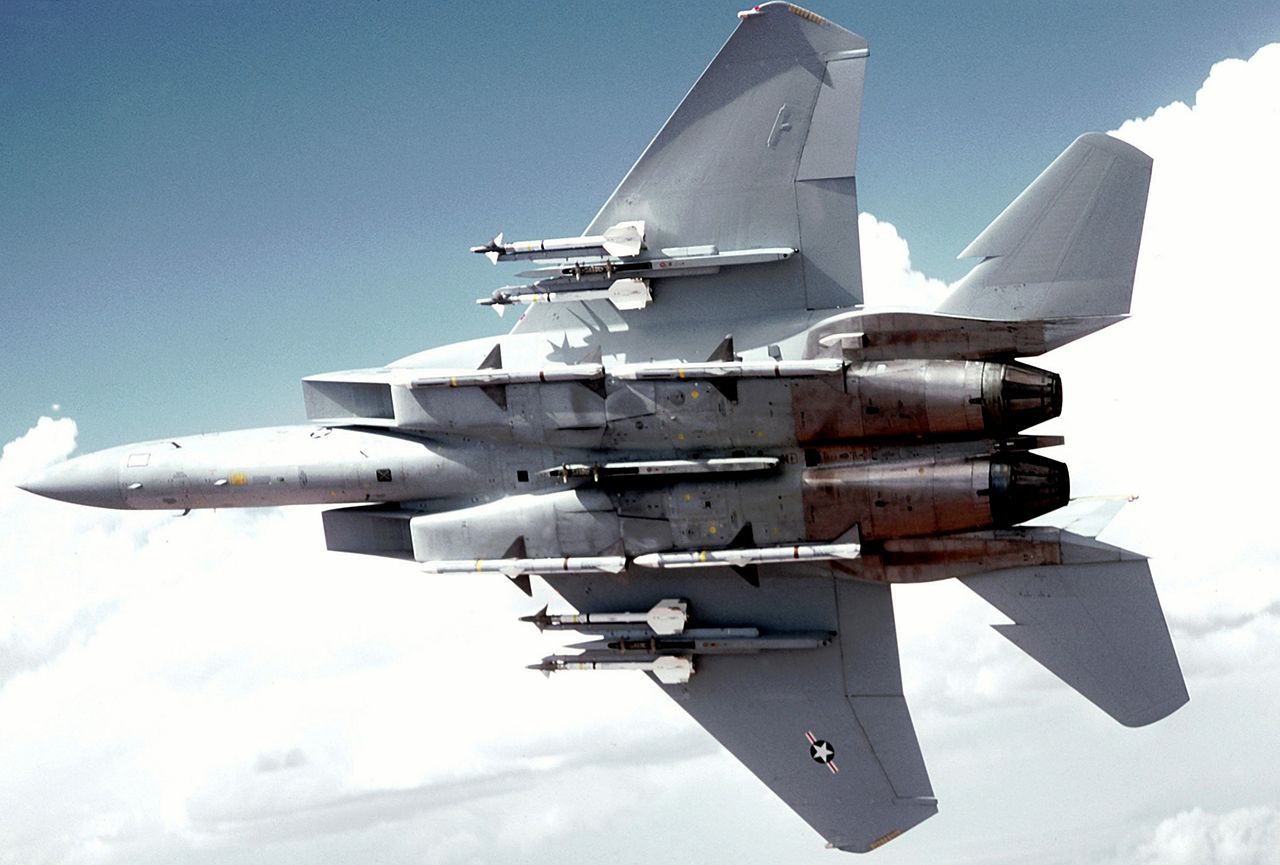
The F-15A is armed with one General Electric M61A1 Vulcan 20mm rotary cannon with 938 rounds of ammunition, four AIM-7F Sparrow radar-guided missiles and four AIM-9E/L Sidewinder infrared-homing missiles. The fighter could also carry a variety of bombs.
There were 12 pre-production F-15 aircraft, serial numbers 71-0280–71-0291. 384 F-15A fighters were built from 1972 to 1979, before production switched to the improved F-15C. The last F-15A Eagle in U.S. Air Force service, F-15A-19-MC 77-0098, was retired from the Oregon Air National Guard, 16 September 2009.
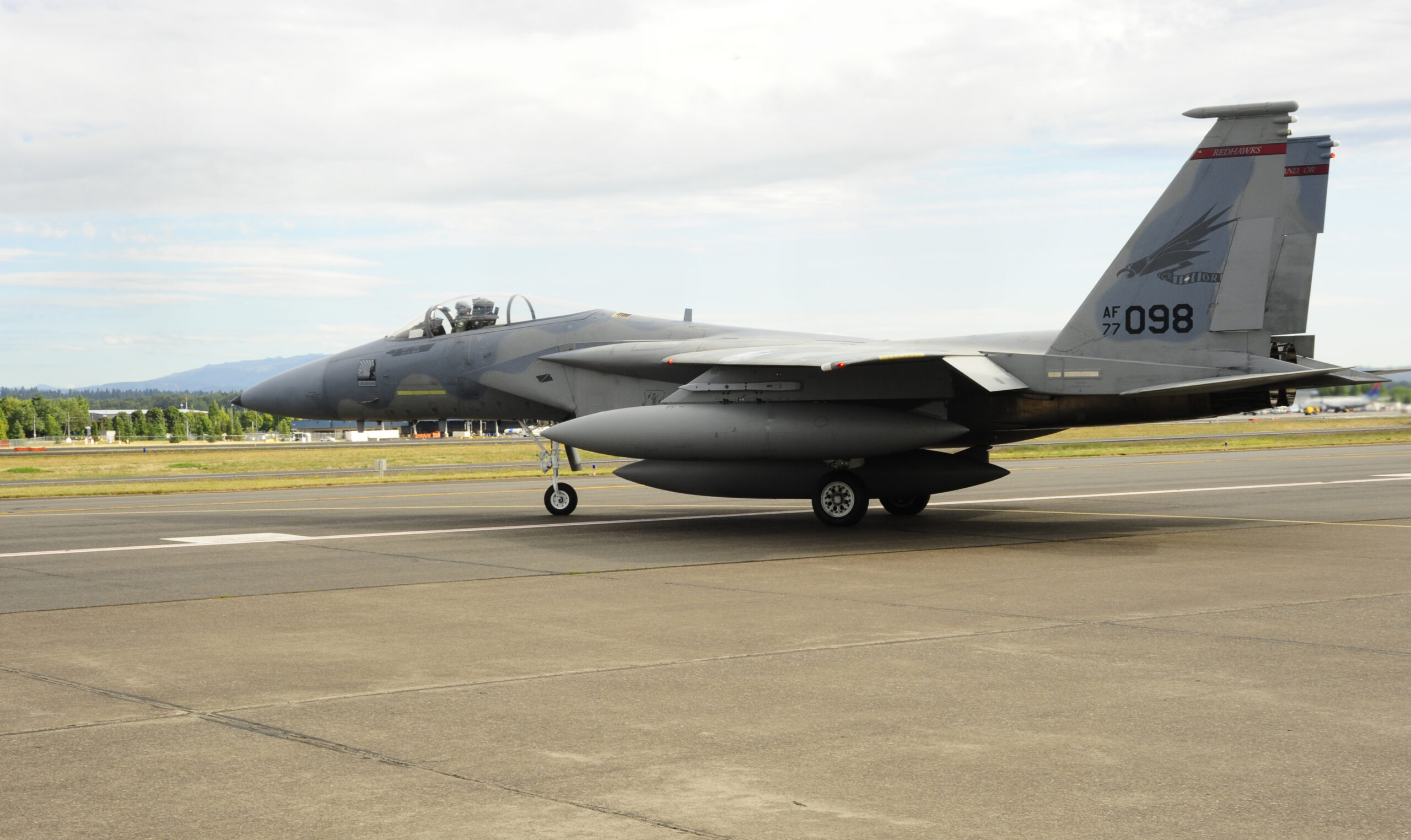
The first YF-15A, 71-0280, is on display at Lackland Air Force Base, Texas.
© 2018, Bryan R. Swopes
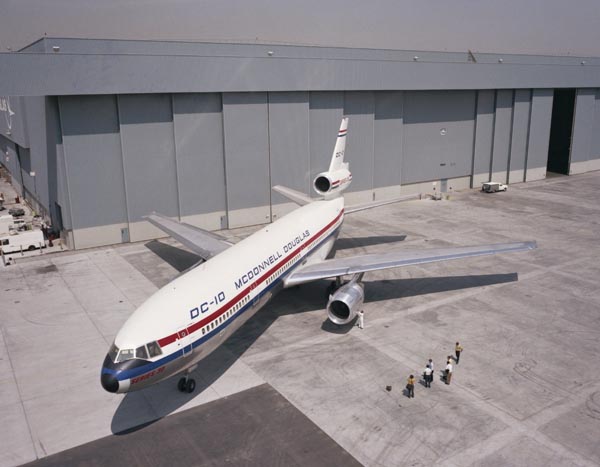
 23 July 1970: At Long Beach, California, the first McDonnell Douglas DC-10 airliner was rolled out. A DC-10-10, serial number 46500 with FAA registration N10DC, this aircraft was used for flight testing and Federal Aviation Administration certification. It made 989 test flights, accumulating 1,551 flight hours. It was put into commercial service with American Airlines 12 August 1972, re-registered as N101AA.
23 July 1970: At Long Beach, California, the first McDonnell Douglas DC-10 airliner was rolled out. A DC-10-10, serial number 46500 with FAA registration N10DC, this aircraft was used for flight testing and Federal Aviation Administration certification. It made 989 test flights, accumulating 1,551 flight hours. It was put into commercial service with American Airlines 12 August 1972, re-registered as N101AA.
The DC-10 was a wide-body commercial airliner designed for medium to long range flights. It was flown by a crew of three and depending on the cabin arrangement, carried between 202 and 390 passengers. The DC-10-10 was 170 feet, 6 inches (51.968 meters) long with a wingspan of 155 feet, 4 inches (47.346 meters) and overall height of 58 feet, 1 inch (17.704 meters). The airliner had an empty weight of 240,171 pounds (108,940 kilograms) and maximum takeoff weight of 430,000 pounds (195,045 kilograms). It was powered by three General Electric CF6-6D turbofan engines, producing 40,000 pounds of thrust, each. These gave the DC-10 a maximum cruise speed of Mach 0.88 (610 miles per hour, 982 kilometers per hour). Its range is 3,800 miles (6,116 kilometers) and the service ceiling is 42,000 feet (12,802 meters).
In production from 1970 to 1988, a total of 386 DC-10s were built in passenger and freighter versions. 122 were the DC-10-10 variant. Another 60 KC-10A Extender air refueling tankers were built for the U.S. Air Force and 2 KDC-10 tankers for the Royal Netherlands Air Force.
The first McDonnell Douglas DC-10 was in service with American Airlines from 12 August 1972 to 15 November 1994 when it was withdrawn from service and placed in storage at Tulsa, Oklahoma. The 24-year-old airliner had accumulated 63,325 flight hours.
After three years in storage, the first DC-10 returned to service flying for Federal Express. In 1998 it was modernized as an MD-10 and re-registered again, this time as N530FE. It was finally retired from service and scrapped at Goodyear, Arizona in 2002.
© 2015, Bryan R. Swopes